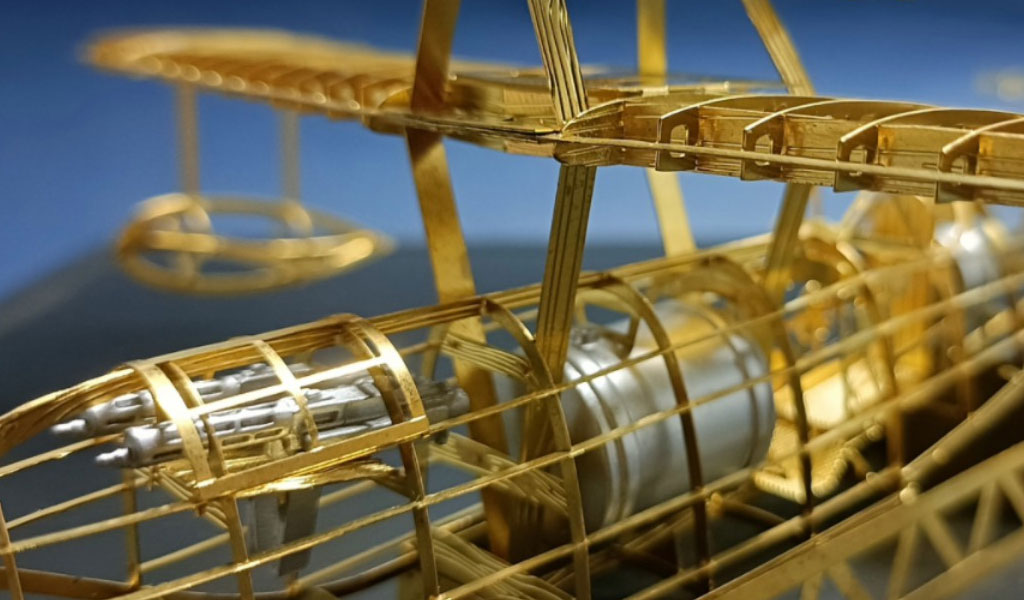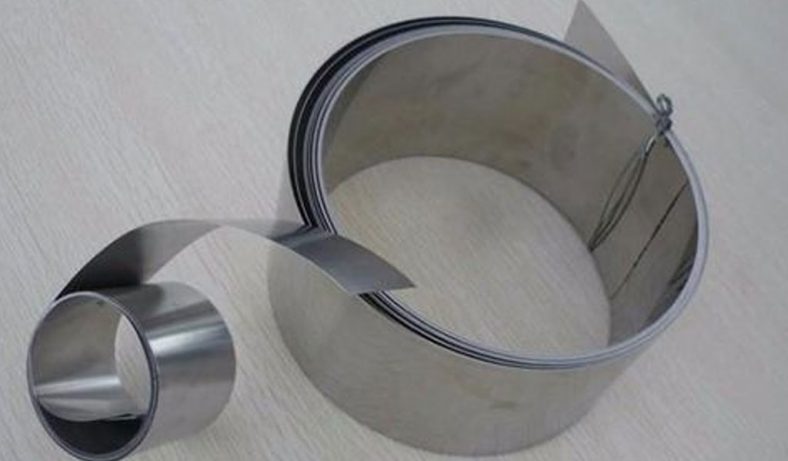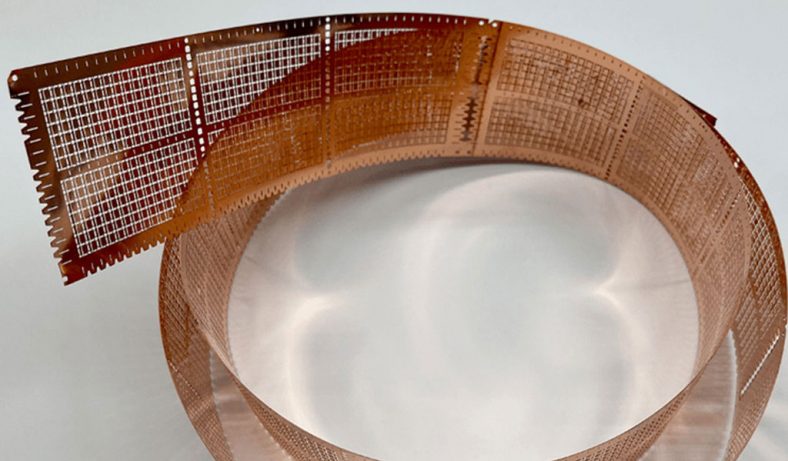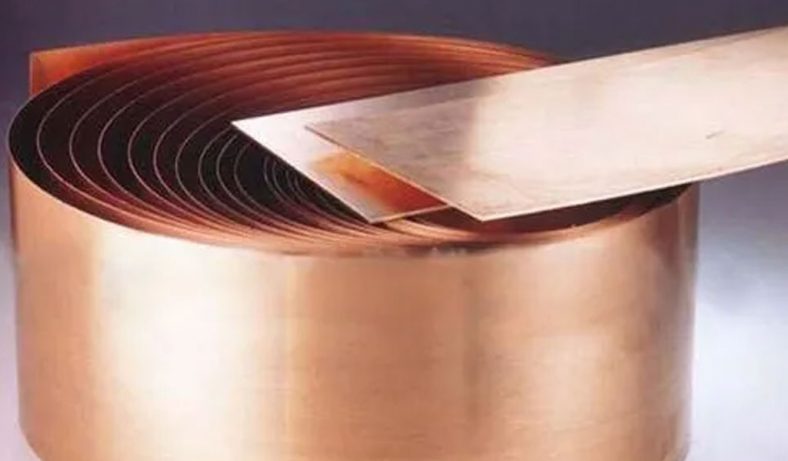
Metal etching is a versatile and intricate process that has long been used to create stunning works of art and functional components. Its ability to produce fine details and designs with exceptional precision makes it an ideal technique for crafting parts that not only serve practical purposes but also embody aesthetic beauty. This article explores the top 20 metal etching parts used in artwork, delving into their design, fabrication techniques, materials, and the ways they contribute to artistic expression.
1. Decorative Panels
Decorative panels are among the most popular metal-etched parts used in artwork. These panels often feature intricate patterns, motifs, or scenes, making them an excellent choice for wall hangings, room dividers, or architectural accents. Materials like stainless steel, brass, and copper are commonly used due to their durability and ability to retain sharp etched details. Artists use photochemical etching to replicate complex designs, ensuring consistency and high resolution.
2. Nameplates and Plaques
Nameplates and plaques serve both functional and decorative purposes in artwork. They are often used to convey titles, dedications, or historical information, and their etched designs add a touch of sophistication. Brass and bronze are favored materials, providing a classic appearance. The etching process allows for precise lettering and embellishments, making these parts a staple in exhibitions, memorials, and gallery installations.
3. Metal Signs
Custom metal signs, whether for branding, exhibitions, or installations, benefit greatly from metal etching techniques. Artists often employ acid etching or laser-assisted etching to produce bold and durable signs. The process ensures high-quality finishes, with options for recessed or raised details. Aluminum and stainless steel are commonly used for their corrosion resistance and ability to support vibrant surface treatments like painting or anodizing.
4. Ornamental Jewelry Components
Metal etching enables the creation of intricate designs on small-scale items, such as jewelry. Earrings, pendants, and bracelets often incorporate etched patterns or textures, transforming simple shapes into elegant accessories. Precious metals like gold, silver, and platinum are frequently etched to enhance their aesthetic appeal while maintaining their intrinsic value.
5. Architectural Accents
Etched metal is often incorporated into architectural accents, such as balustrades, gates, and façade elements. These pieces combine artistic design with structural functionality, providing an opportunity for architects and artists to collaborate. Large-scale panels with etched patterns or images can transform buildings into works of art, enhancing their visual impact while reflecting cultural or historical themes.
6. Lighting Fixtures
Etched metal parts are commonly used in decorative lighting fixtures, including lamps, chandeliers, and sconces. The intricate patterns etched onto metal components allow light to play through the designs, creating captivating shadows and highlights. Materials like copper and brass are often chosen for their warm tones, while stainless steel and aluminum provide a modern aesthetic.
7. Custom Mirrors
Etched metal frames for mirrors add a layer of artistic flair, elevating them from simple functional objects to decorative masterpieces. These frames can feature geometric patterns, floral motifs, or abstract designs, achieved through precise etching techniques. The combination of polished and etched surfaces creates a dynamic visual effect, drawing attention to the artistry of the frame.
8. Wall Art and Sculptures
Wall art and sculptures made from etched metal showcase the versatility of this technique in creating dimensional and visually striking pieces. Artists can etch fine details onto flat or shaped metal surfaces, turning them into intricate works of art. Aluminum and stainless steel are popular choices for their lightweight nature and durability, enabling easy installation and long-lasting beauty.
9. Furniture Accents
Metal etching enhances furniture designs by adding decorative elements to handles, trims, and inlays. Whether adorning cabinets, tables, or chairs, etched components bring an artistic touch to functional pieces. The process allows for customization, ensuring that each piece aligns with the artist’s or designer’s vision.
10. Decorative Plates and Trays
Etched metal plates and trays serve as both practical items and artistic displays. These pieces often feature elaborate patterns or images, making them suitable for decorative purposes when not in use. Silver and brass are popular materials, prized for their elegance and ability to take on intricate designs.
11. Book Covers and Bindings
Etched metal is increasingly used in creating luxurious book covers and bindings, particularly for special editions or commemorative volumes. These covers often feature etched designs that reflect the theme or content of the book, transforming them into collectible pieces. Materials like brass and aluminum are favored for their durability and aesthetic appeal.
12. Medals and Awards
Etched metal is widely used in crafting medals and awards, providing a level of detail and precision that is hard to achieve with other methods. The etching process allows for intricate patterns, text, and logos, ensuring that each piece is unique and visually appealing. Gold, silver, and bronze are traditional materials, offering both beauty and prestige.
13. Custom Clocks
Etched metal parts add a touch of elegance to custom clocks, from the face to the hands and decorative accents. The precision of the etching process ensures that even the smallest details are clear and well-defined, enhancing the overall aesthetic of the timepiece. Brass and stainless steel are popular materials, chosen for their durability and timeless appeal.
14. Stencils for Art Creation
Artists often use etched metal stencils to create consistent and intricate designs on various mediums. These stencils are durable and reusable, making them a valuable tool in artistic production. Stainless steel is the material of choice for its resistance to wear and ability to maintain sharp edges over time.
15. Etched Glass Accents
While not a metal part in itself, etched glass often incorporates metal frames or overlays to enhance its appearance. The metal components are etched with complementary designs, creating a cohesive and visually stunning effect. Copper and brass are frequently used to provide warmth and contrast to the glass elements.
16. Commemorative Coins
Commemorative coins made through metal etching are prized for their intricate designs and fine details. These coins often celebrate historical events, cultural icons, or artistic achievements, combining functionality with artistic expression. The etching process ensures consistency and high resolution, making each coin a miniature masterpiece.
17. Intricate Grills and Screens
Etched metal grills and screens are used in various artistic and functional applications, from furniture accents to window coverings. The designs can range from geometric patterns to nature-inspired motifs, adding character and charm to any space. Stainless steel and aluminum are commonly used for their strength and ease of maintenance.
18. Etched Musical Instruments
Metal etching is often applied to musical instruments, such as guitars, brass instruments, and drum hardware. The etched designs personalize the instruments, reflecting the artist’s style or brand. The process allows for highly detailed and customized embellishments, transforming functional instruments into works of art.
19. Custom Keychains and Accessories
Etched metal keychains and accessories provide a simple yet effective way to incorporate artistic designs into everyday items. These small-scale pieces often feature logos, patterns, or images, showcasing the versatility of metal etching. Stainless steel and brass are popular choices for their durability and aesthetic versatility.
20. Etched Metal Canvases
Finally, etched metal canvases represent the pinnacle of metal artistry, allowing artists to create detailed and durable works of art directly on metal surfaces. These canvases are often displayed in galleries or public spaces, highlighting the intricate beauty and technical skill involved in their creation.
By combining technical precision with artistic creativity, metal etching has become an indispensable tool for artists and designers. The versatility of the process allows for a wide range of applications, from functional components to purely decorative pieces, ensuring its continued relevance in the world of art.



























